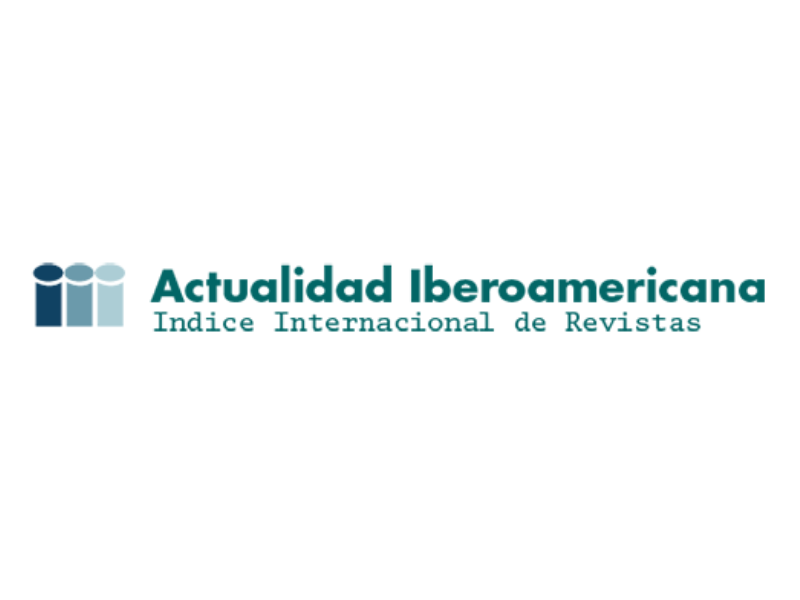Some ecological aspects of free-living Haemaphysalis juxtakochi Cooley, 1946 (Acari: Ixodidae) in Panama
Some ecological aspects of free-living Haemaphysalis juxtakochi Cooley, 1946 (Acari: Ixodidae) in Panama
Mostrar biografía de los autores
ABSTRACT
Objective. To describe the seasonal variation and perform a comparative analysis on habitat preference of Haemaphysalis juxtakochi in Panama. Materials and methods. Ticks were collected from the vegetation, using a white cloth, between January 2009 and March 2010, in four site located in Summit Municipal Park (SMP), two in wooded area (WA) and two in grasslands (GR).The ticks were determined as larvae, nymphs and adults of H. juxtakochi. The number of ticks collected in each area was employed to describe the seasonal distribution of both immature and adult stages, and the non-parametric Mann-Whitney U test. Results. A total of 2.338 ticks in WA and 560 ticks in GR were collected. The major peak of adults from May to July, nymphs peaked from January to April and the peak of larvae abundance from December and January. There was a significant difference in the number of ticks collected in the two areas for each tick stage (larvae, mean number (MN) in WA 120.14, MN in GR 57.07, P: 0.02; nymphs, MN in WA 46.42, MN in GR 16.38, P: 0.018; adults, MN in WA 6.64, MN in GR 1.78, P: 0.02). Conclusions. The results suggest that H. juxtakochi maintains a one-year cycle in the study areas. This cycle would be characterized by the immature population peaks in the dry season; while adults are distributed throughout year, with a peak in the transition from the rainy and dry. Moreover, H. juxtakochi was more abundant in forests than in grasslands, which could lead to a better adaptation to forested conditions.
Visitas del artículo 850 | Visitas PDF
Descargas
- Bowman AS and Nuttall PA. Ticks biology, disease and control, New York: Cambridge University Press; 2008. http://dx.doi.org/10.1017/CBO9780511551802
- Dunn LH. The ticks of Panamá, their hosts, and the disease they transmit. Am J Trop Med 1923; 3:41-104.
- Fairchild GB, Kohls GM, Tipton VJ. The ticks of Panama (Acarina: Ixodoidea). In: Wenzel WR and Tipton VJ editores. Ectoparasites of Panama. Chicago: Field Museum of Natural History; 1966; 167-219.
- Bermudez SE, Miranda RJC, Smith DC. Ticks species (Ixodida) in the Summit Municipal Park and adjacent areas, Panama City, Panama. Exp Appl Acarol 2010; 52(4):439-48. http://dx.doi.org/10.1007/s10493-010-9374-8
- Bermudez SE, Miranda RJC. Distribution of ectoparasites of Canis lupus familiaris L. (Carnivora: Canidae) from Panama. Rev MVZ Córdoba 2011; 16(1):2274-2282.
- Bermudez SE, Castro A, Esser H, Liefting Y, García G, Miranda RJ. Ticks (Ixodida) on humans in Panama, Panama (2010-2011). Exp Appl Acarol 2012; 58(1):81-881. http://dx.doi.org/10.1007/s10493-012-9564-7
- Murgas IL, Castro AM, Bermúdez SE. Current status of Amblyomma ovale (Acari: Ixodidae) in Panama. Ticks and Tick-Borne Dis 2012; 4(1-2):164-166. http://dx.doi.org/10.1016/j.ttbdis.2012.09.002
- Cooley RA. The genera Boophilus, Rhipicephalus, and Haemaphysalis (Ixodoidea) of the New World. Bull Nat Inst Health 1946; (187):1-54.
- Kohls GM. Records and new synonymy of new world Haemaphysalis ticks, with description of the nymph and larva of H. juxtakochi Cooley. J Parasitol 1960; 46:355-361. http://dx.doi.org/10.2307/3275499
- Guglielmone AA, Estrada-Pe-a A, Keirans JE & Robbins RG. Ticks (Acari: Ixodida) of the Neotropical Zoogeographic Region. Special Publication, International Consortium on Ticks Tick–borne Diseases Atalanta, Houten, The Netherlands 2003; 173:80-81.
- Holdridge L. Life zone ecology. San Jose, Costa Rica: Trop. Sci. Center; 1967.
- Saracco F, DeSante D, Alvarez C, Morales S, Milá B, Kaschube D, Michel N. Monitoreo de sobrevivencia invernal aparente de aves migratorias en el Neotrópico: Informe preliminar sobre los primeros dos a-os (2003-04) del programa Monitoreo de Sobrevivencia Invernal (MoSI). California: The Institute of Birds Populations; 2004.
- Nava S, Guglielmone AA. A meta-analysis of host specificity in Neotropical hard ticks (Acari: Ixodidae). Bull Entomol Res 2013; DOI: 10.1017/S0007485312000557. http://dx.doi.org/10.1017/S0007485312000557
- Springer M, Carver A, Nielsen C, Correa N, Ashmore J, Ashmore J, Lee J. Relative abundance of mammalian species in a central Panamanian rainforest. Rev Lat Conserv 2013; 3(1):19-26.























